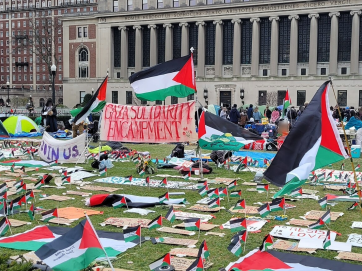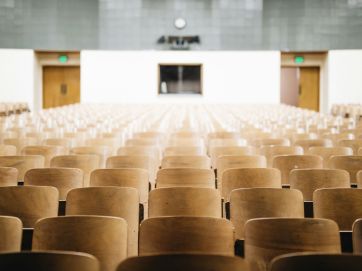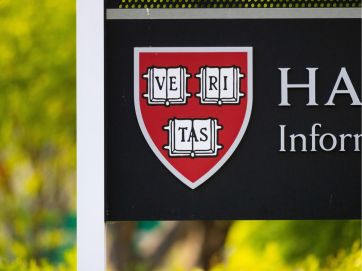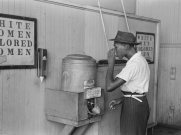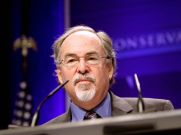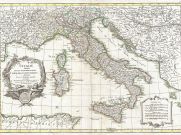It’s always fun to find something forgotten – and hence, re-discovered – when you re-arrange your bookshelves, as I did recently. Thus, I stumbled upon The Politics of Disorder written in 1971 by political scientist Theodore Lowi, then at the University of Chicago. Part of the “disorders” viewed through Lowi’s historical lens were the widespread violence and disruptions on college campuses perpetrated by radical student groups, especially at elite institutions, from Harvard to Berkeley. Lowi examines why this might have happened as it did, but more interestingly asks why it was allowed to happen. His answer hasn’t aged at all:
Liberals in the university have no problem handling demands that originate from their right. This helps explain why outside threats are no longer so menacing. Conservative forces inside academia are also dealt with firmly. If a delegation of students were to call on a social science department chairman to demand a better presentation of Christianity, they would be sent away with a firm lecture on the evils of interfering with who teaches what. This is not to say that every conservative demand is rejected outright. Conservatives are dealt with rationally, and with restraint.
Demands that issue from the left, however, are an entirely different matter. The liberal, after years of identifying with the left, quite frankly cannot distinguish a good demand from a bad one. He is ready to abandon organized knowledge itself if that seems to be the only manner of proving that no one can outlib him, for the voices of the left remove his bearings. The liberal in academia faces right with forthrightness and honesty. He faces left with hypocrisy.
Those words, as noted above, appeared in 1971. But aside from the fact that we’re all older and the demonstrators of that era now run the academy, the passage seems wholly contemporary. Have a look, for example, at the recent events at Swarthmore College. Somehow, I can’t imagine that the administration there would have non-responded as it did if the demonstrators had been opponents of same-sex marriage or staged an anti-affirmative action bake sale. Now as then, you could say, with the possible difference that present-day conservative students on campus are numerically fewer and get much rougher handling than their counterparts did in 1971.








